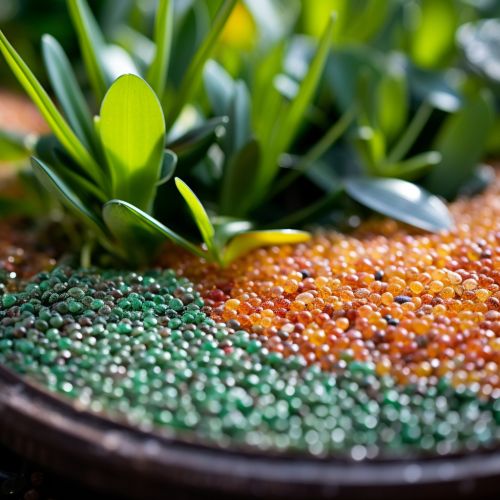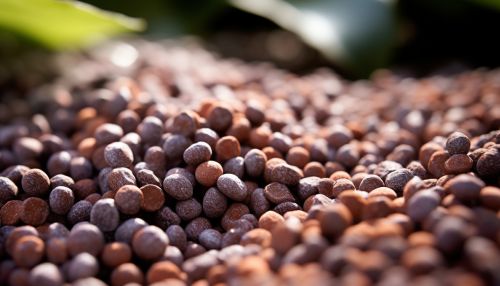Biofertilizer
Introduction
Biofertilizers are substances that contain living microorganisms which, when applied to seeds, plant surfaces, or soil, colonize the rhizosphere or the interior of the plant and promote growth by increasing the supply or availability of primary nutrients to the host plant. They are an environmentally friendly alternative to chemical fertilizers and can play a significant role in sustainable agriculture.


Types of Biofertilizers
There are several types of biofertilizers, each with unique characteristics and benefits. These include:
- Nitrogen Biofertilizers: These are the most commonly used biofertilizers. They include bacteria such as Rhizobium, Azotobacter, and Azospirillum, which are capable of fixing atmospheric nitrogen in the soil.
- Phosphorus Biofertilizers: These include bacteria like Bacillus and Pseudomonas, which solubilize and mobilize phosphorus in the soil, making it available to plants.
- Potassium Biofertilizers: These include bacteria like Frateuria aurantia, which mobilize potassium in the soil.
- Composite Biofertilizers: These are a combination of two or more types of biofertilizers, providing multiple nutrients to plants.
Production of Biofertilizers
The production of biofertilizers involves the selection of effective strains of beneficial microorganisms, their mass multiplication in a laboratory, and the addition of these organisms to a carrier material to form the final product. The carrier material, often a solid or liquid, serves as a medium for the growth and survival of the microorganisms.
Application of Biofertilizers
Biofertilizers can be applied to crops in several ways, including seed treatment, root dipping, and soil application. The method of application depends on the type of crop, the type of biofertilizer, and the condition of the soil.
Benefits of Biofertilizers
Biofertilizers offer numerous benefits over chemical fertilizers. They are cost-effective, environmentally friendly, and can improve soil health by enhancing its fertility and productivity. They also promote the growth and yield of crops by providing essential nutrients in a form that plants can easily absorb.
Limitations and Challenges
Despite their numerous benefits, the use of biofertilizers also has some limitations and challenges. These include a shorter shelf life compared to chemical fertilizers, the need for specific storage conditions, and the requirement for a certain level of expertise for their proper application.
Future Prospects
The use of biofertilizers is expected to increase in the future due to growing concerns about the environmental impact of chemical fertilizers. Advances in biotechnology and microbiology are also likely to lead to the development of more effective and efficient biofertilizers.
